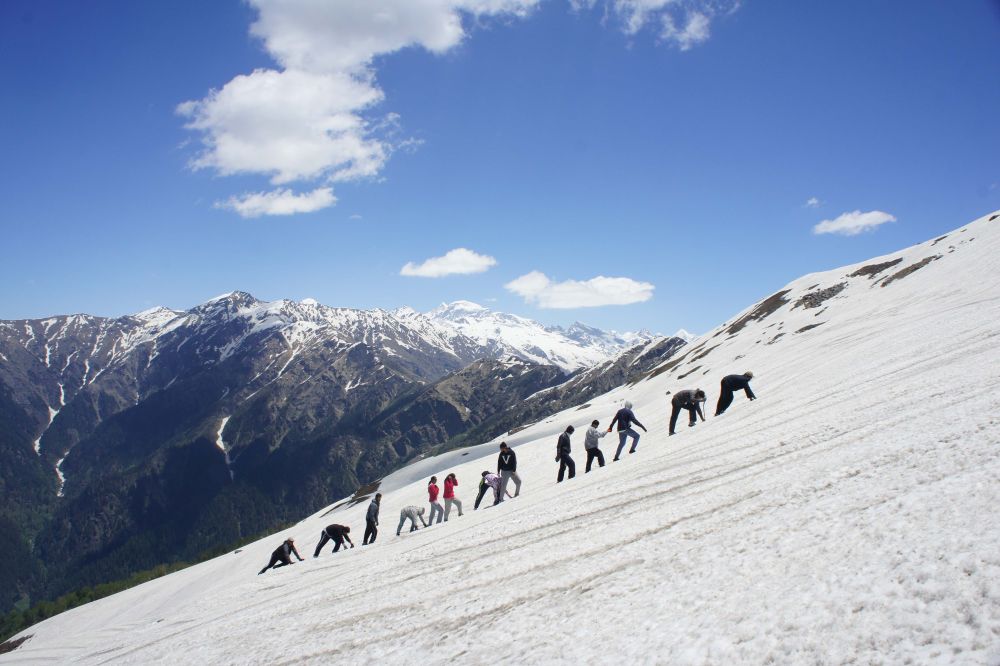

The Chandrakhani Pass in Kullu, Himachal Pradesh, is an epic trail that sits at an elevation of about 3,660 meters (12,010 feet) above sea level. This pass is known for offering panoramic views of the Deo Tibba range, Pir Panjal, and Parbati range of the Himalayas. While Kullu and the surrounding regions have been inhabited for centuries, the history of tourism in this area is relatively modern.
The tourism history of the Chandrakhani Pass can be largely attributed to the broader development of the Kullu Valley as a tourist destination. It wasn't until the 20th century that the Kullu Valley started gaining popularity among travelers, initially with the British colonialists seeking a summer retreat from the plains' heat.
After India's independence in 1947, domestic tourism began to flourish. People from various parts of India started to explore the country, and Kullu's natural beauty made it a popular destination. However, the Chandrakhani Pass remained largely the turf of adventure enthusiasts and trekkers.
The real surge in tourism to places like Chandrakhani Pass came with the advent of adventure tourism in the 1980s and 1990s. As the global interest in trekking and mountaineering grew, so did the number of visitors to Himachal Pradesh's high-altitude trails.
The turn of the millennium saw a global awakening towards responsible travel. With the establishment of the Great Himalayan National Park (GHNP) in 1984 and its subsequent recognition as a UNESCO World Heritage site in 2014, there was a boost to eco-tourism. The Chandrakhani Pass trek is often promoted as an eco-friendly activity that showcases the region's pristine natural heritage.
In recent years, the Chandrakhani Pass has benefitted from improved accessibility and infrastructure development. Homestays, guesthouses, and tour operators now offer comfortable and safe experiences for visitors. The pass is popular among both domestic and international trekkers, who are looking to experience the Indian Himalayas up close.
Overall, the role of Chandrakhani Pass in the tourism landscape of Kullu Valley has evolved from a remote trekking route to a must-visit destination for adventure and nature lovers. As the trends in travel continue to evolve, this pass remains a testament to the beauty and allure of the Indian Himalayas.